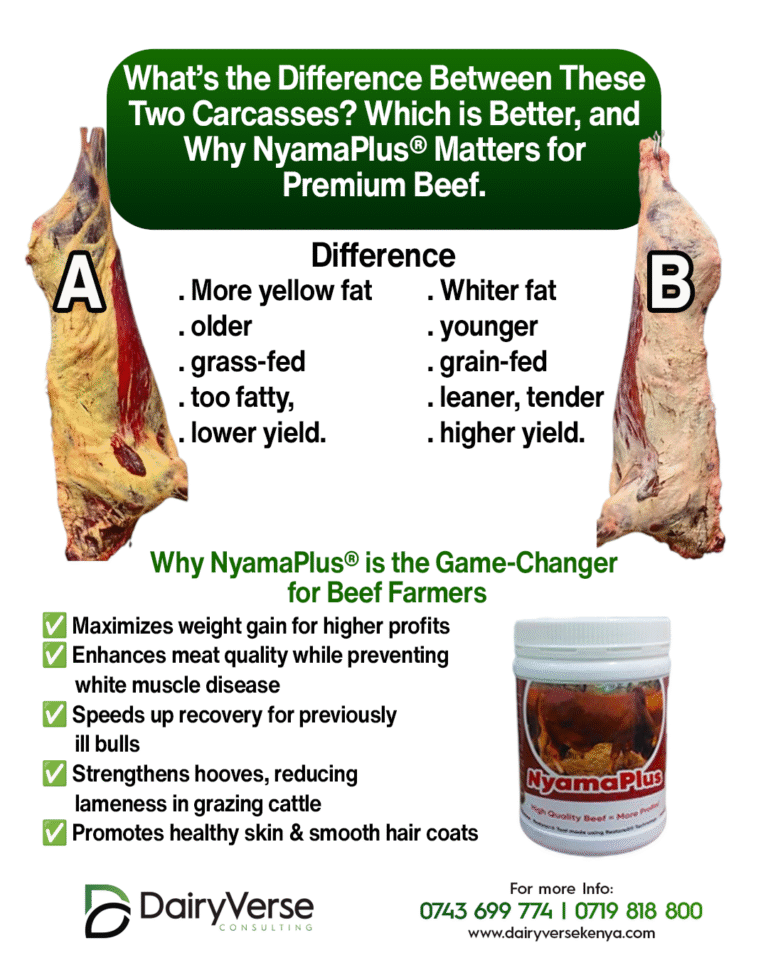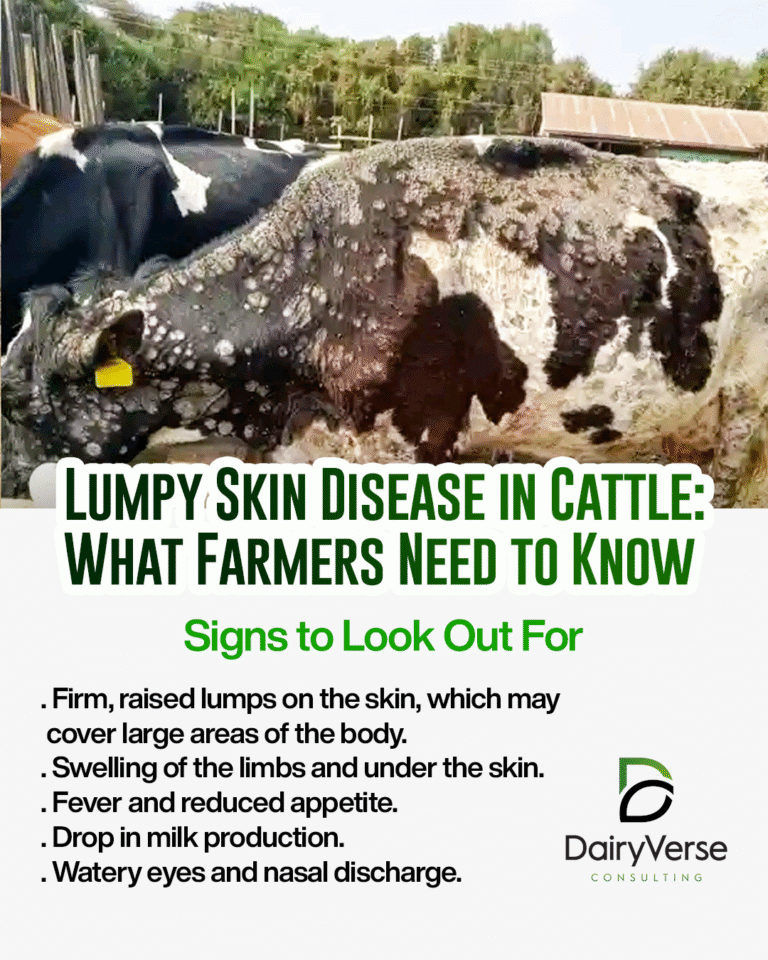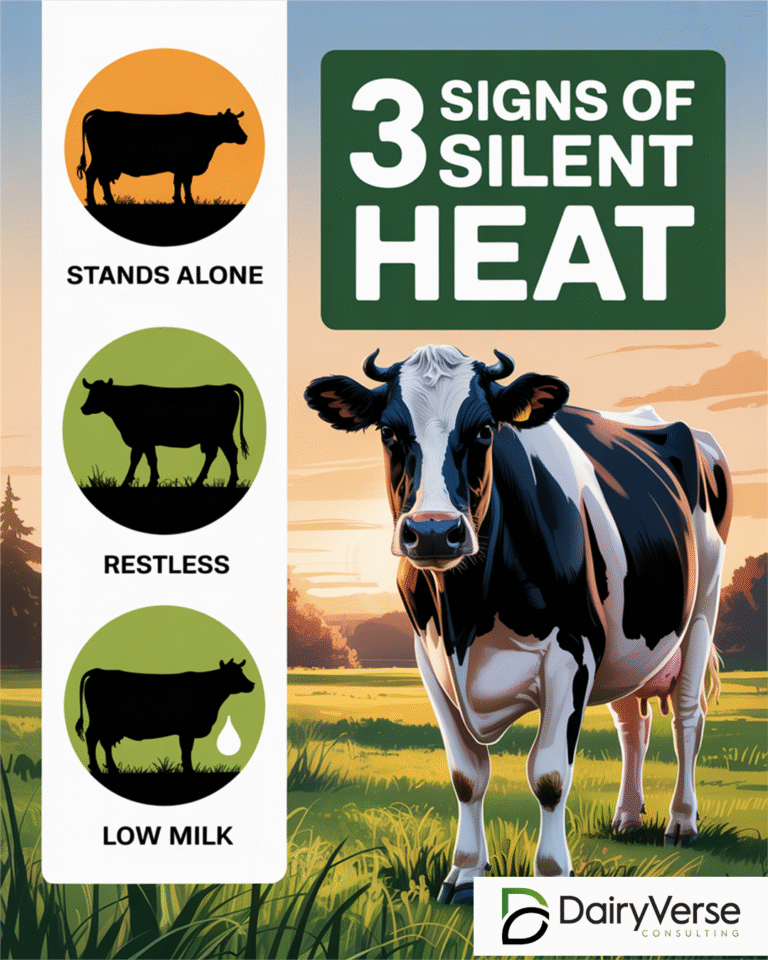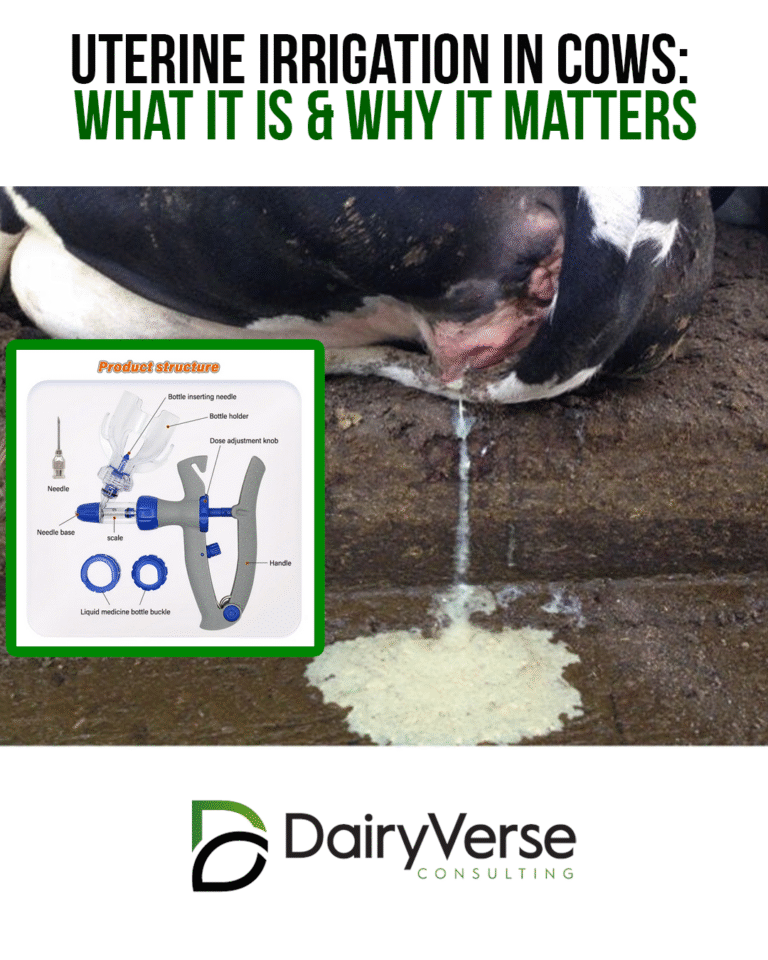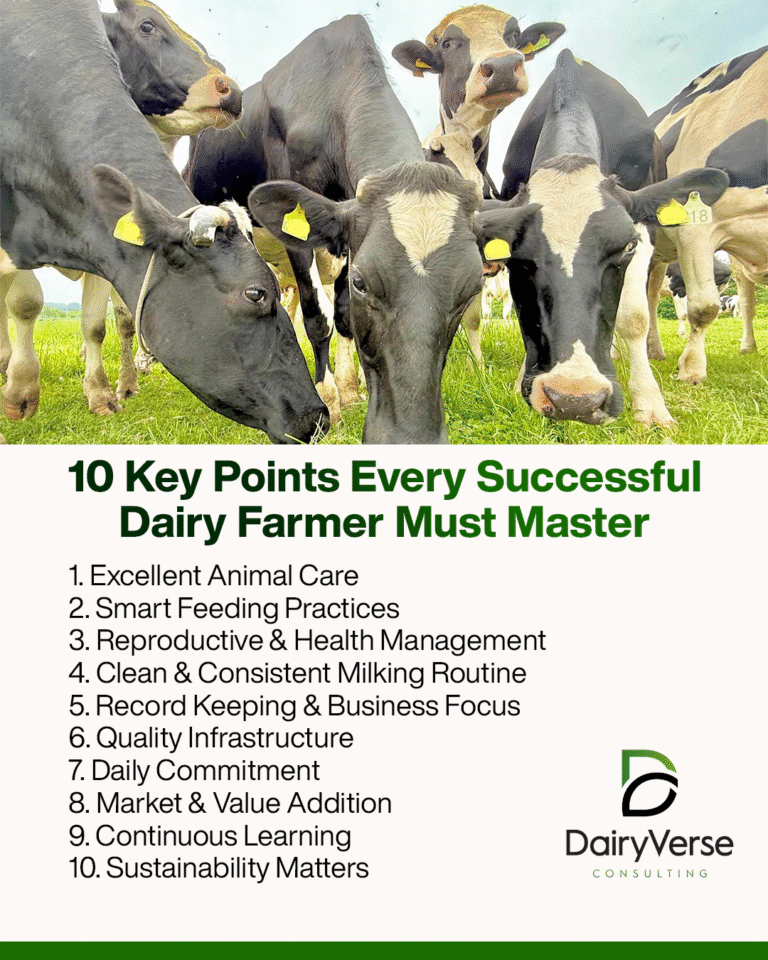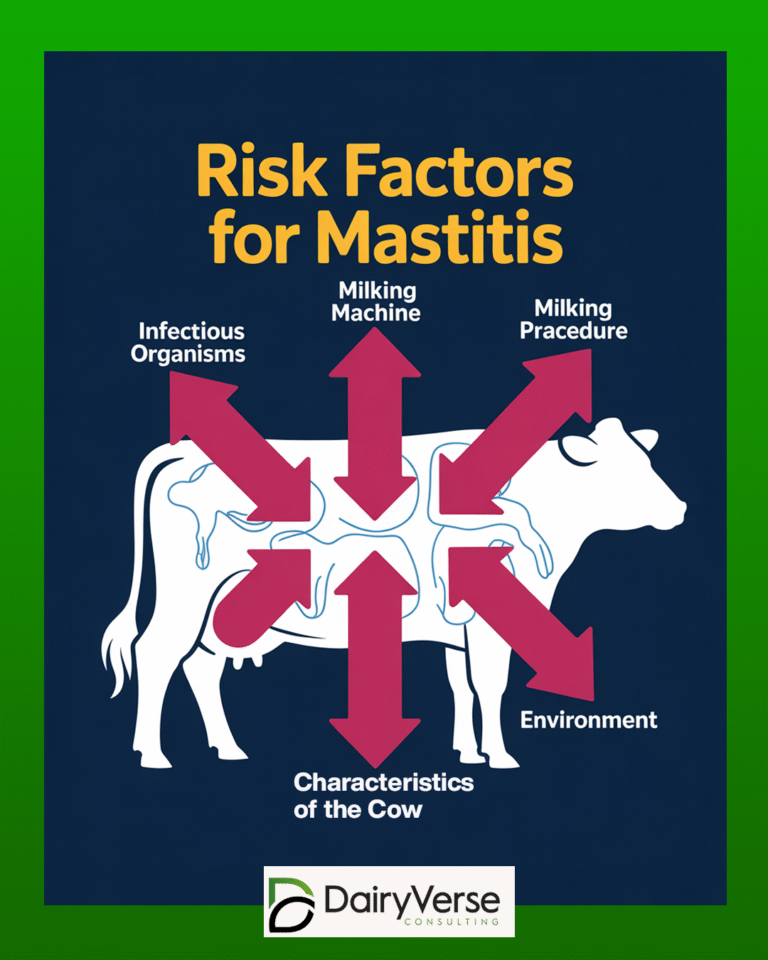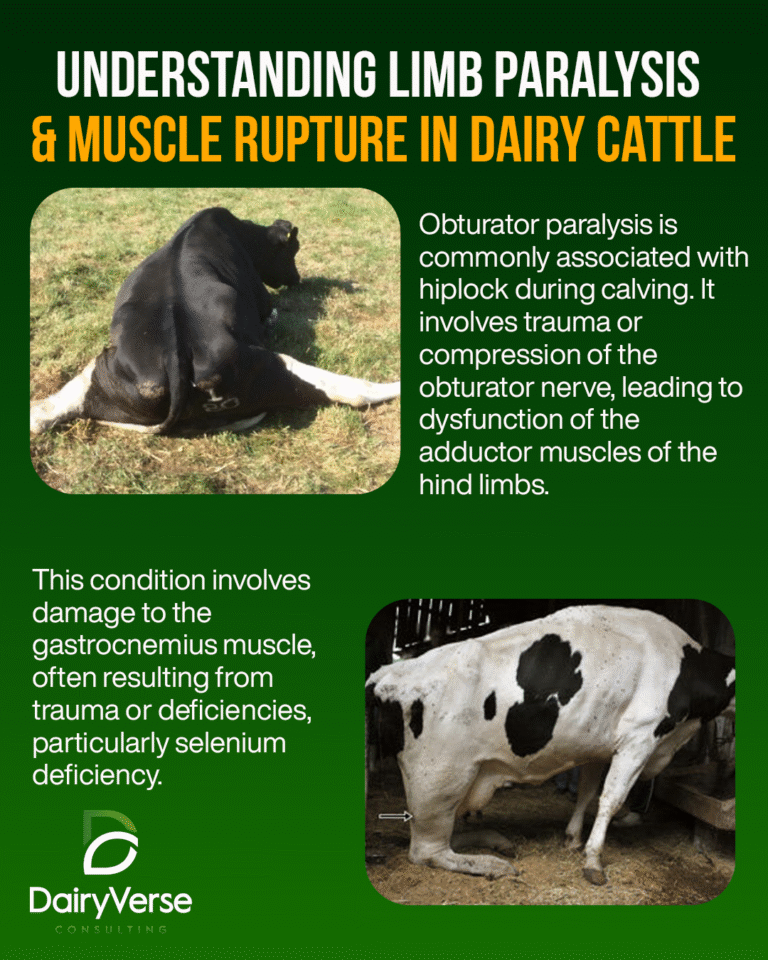The Secret Behind Better Beef.
Farmers who depend only on feed and pasture often end up with extremes, either too much fat or too lean animals. With NyamaPlus®, you don’t have to choose. You get balanced, premium beef that satisfies buyers, boosts your reputation, and increases your profits.

